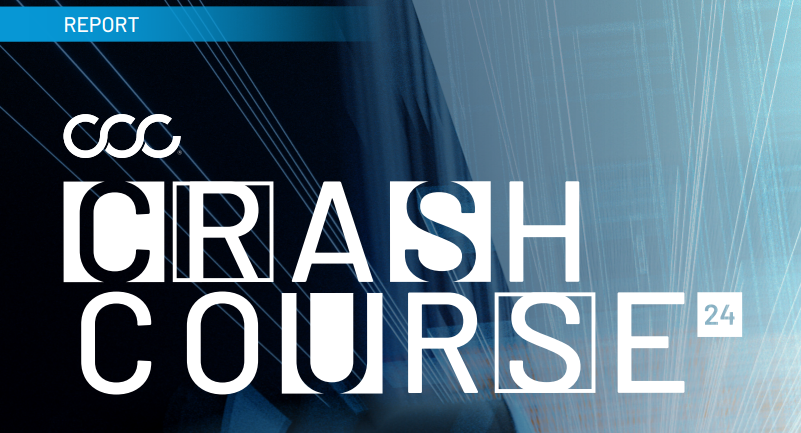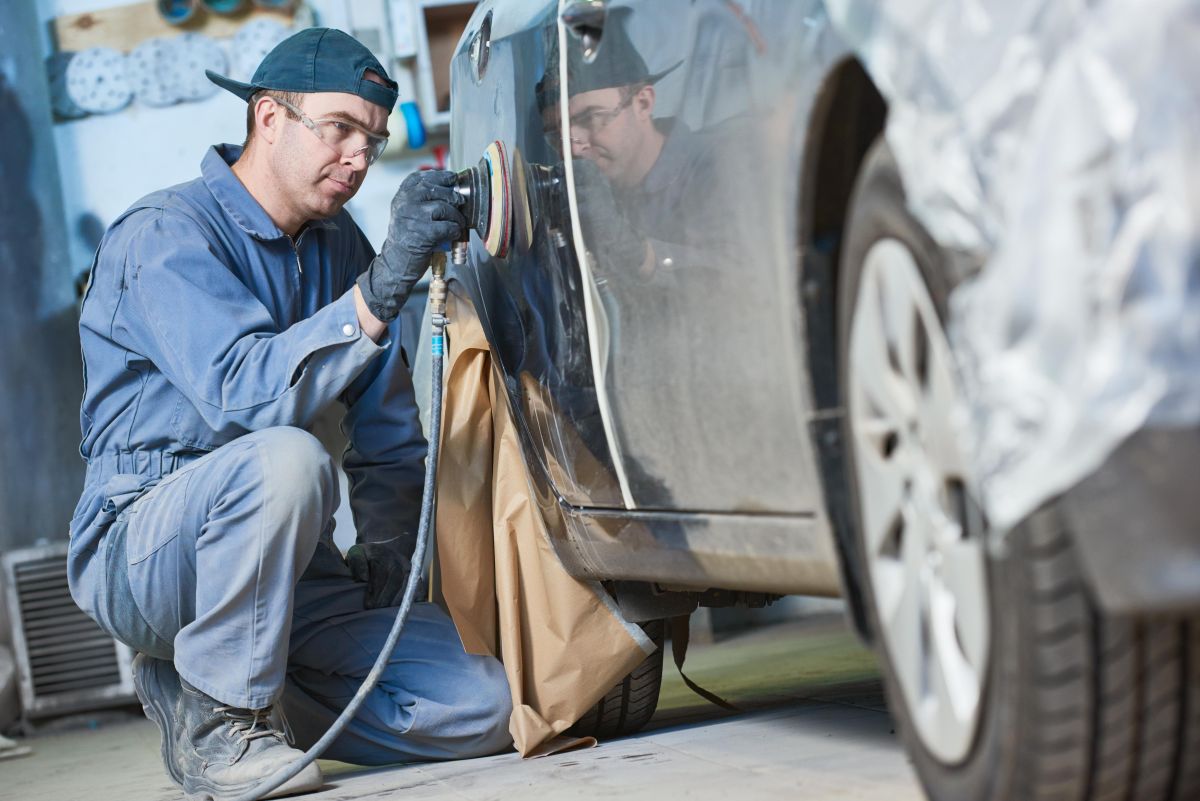As the automotive industry continues to evolve, 2025 is certain to present unique challenges, as well as opportunities for auto claims and collision repair professionals. From rising repair costs and shifting customer expectations to the growing influence of hybrid and electric vehicles, it's crucial to stay ahead of the curve.
By understanding emerging trends and leveraging actionable data, repairers and insurers alike can improve operational efficiency and stay competitive in a rapidly changing market. CCC Intelligent Solutions analyzed nearly $2 trillion of historical data processed by customers to provide eight essential insights and trends that will help you think strategically about the year ahead.
Whether you're preparing to optimize workflow processes or adjust to new market demands, these insights can help guide your planning efforts and ensure you are well-positioned to thrive in 2025 and beyond.
2025 Industry Trends
The following eight trends are positioned to shape the future of vehicle repair and claims management in 2025 and beyond.
1. Inflation
Costs across industries -- including the auto sector -- have seen significant increases, with inflation peaking at 9.1% in June 2022. Auto repairers and insurers may face continued cost increases in 2025, from parts and labor to administrative expenses. While inflation moderates, the auto repair and insurance industries may need to continue focusing on efficiency strategies to maintain profitability, depending on how inflation trends unfold.

2. Vehicle Complexity
As vehicle complexity continues to increase, the rising number of replacement parts and labor hours per repair may impact the repair industry in 2025. Repairers will likely need to manage more intricate, time-consuming repair processes, driving up costs and potentially extending cycle times. This trend may pressure both repair shops and insurers to find more efficient ways to manage processes and maintain service quality.
As ADAS technologies become more common, diagnostic procedures like scans and calibrations are likely to be conducted more often. As of Q3 2024, nearly 83% of scans were included in the initial estimate, and over 60% of calibrations appeared on supplements. Growing vehicle complexity is also likely to further increase the number of supplements, and delays in their approval could significantly slow cycle times.
3. Medical Billing Inflation
Auto medical billing inflation continues to outpace the Consumer Price Index (CPI) for health care. Many common procedures such as CT scans and steroid injections have effectively doubled in price over the last four years. This trend is contributing to a rapid rise in indemnity for auto injury claims.
4. Social Inflation
Corporate nuclear verdicts, where jury awards exceed $10 million, saw a 50% increase in frequency from 2019 to 2023, contributing to rising casualty costs and insurance premiums. This trend may place added pressure on insurers to adjust rates to cover rising litigation expenses.
5. Supply Chain Issues
The global supply chain continues to face threats from labor shortages, union strikes and wars, in some cases causing supply chain disruptions that can impact vehicle production. Strikes affecting major auto manufacturers have resulted in production delays and supply constraints, exacerbating vehicle shortages and inflating the cost of both new and used vehicles.
Events like the Key Bridge collapse in Baltimore in March, which caused delays and required the rerouting of goods, are impossible to predict but underscore the need for proactive risk management strategies. In addition, potential changes to tariff policies under the incoming administration could impact supply chains, particularly for imported parts and materials.
6. Vehicle Pricing
The sharp rise in the average transaction price for new vehicles, increasing from $36,555 in January 2019 to $48,623 in October 2024, may start to level off as dealers now face an oversupply of new vehicles they are eager to sell.
The narrative has shifted from new vehicle availability to a question of vehicle affordability. With elevated prices and financing rates of nearly 7% persisting, many consumers find vehicle ownership increasingly out of reach. As a result, this challenge could lead to fewer new vehicle sales and drive up demand for used vehicles.
7. Labor Shortages
The decline in the number of collision repair technicians, from 158,600 in 2017 to 152,500 in 2021, may continue to exacerbate capacity and/or productivity challenges in repair shops in 2025. With fewer skilled technicians available to manage the increasing volume of complex repairs, repair cycle times could lengthen, placing further strain on the industry.
Recent trends, however, indicate some improvements in repair cycle times, suggesting that repair shops are adapting through new technologies and more efficient processes.
Despite these gains, the ongoing technician shortage will likely require a continued focus on strategies to keep cycle times manageable. This could include investments in recruitment, training and technology. Additionally, insurers could play a larger role in supporting the talent pipeline, especially as more individuals from tech programs transition into related roles like appraisers and claims representatives.
8. Driving Behavior
In 2025, risky driving behaviors, such as increased speeds and distracted driving, may continue, contributing to elevated accident rates and repair demand. With more than 65% of drivers engaging in dangerous actions in 2023, including 30% driving distracted, repair shops could see sustained or even increased demand for services.
While Advanced Driver Assistance Systems (ADAS) technologies aim to reduce crashes, data continues to indicate two forms of morale hazard with drivers: over-reliance on ADAS systems to prevent crashes or other incidents, and drivers assuming riskier behaviors. That said, human behavior is inherently unpredictable due to emotional, environmental and situational factors that data alone can't always capture or foresee.
While there are always unknowns heading into a new year, the good news is that each year, we also become better prepared for those unknowns based on analyzing trends over time. To prepare yourself and learn more about the specific implications of these trends on Auto Physical Damage (APD), Repair, and Casualty, download the latest Crash Course Q4 2024 report here.













